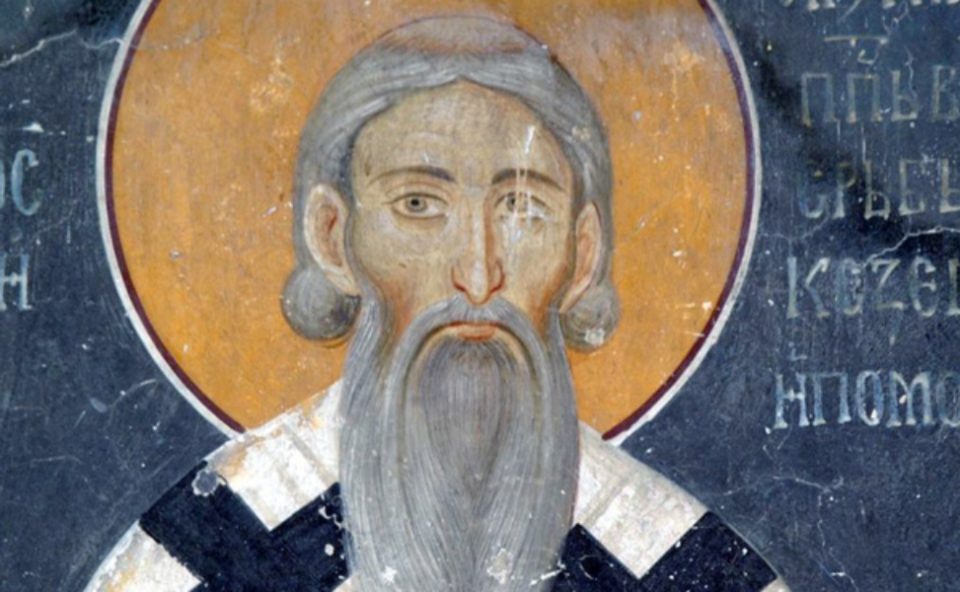The son of the Serbian prefect Stefan Nemanja, Saint Sava, was born in 1169. From a young age, he aspired to a spiritual life and sought refuge on Mount Athos, where he embraced monasticism with rare dedication, undergoing extensive ascetic practices. Inspired by his son, Nemanja later followed suit, joining him on Mount Athos, adopting the monastic life, and passing away as the monk Simeon.
Saint Sava played a pivotal role in securing autonomy for the Serbian Orthodox Church from the emperor and patriarch, becoming its first Serbian archbishop. Collaborating with his father, they established the Hilandar Monastery and went on to construct numerous monasteries, churches, and schools across Serbia. Saint Sava undertook two pilgrimages to the Holy Land, fostering spiritual growth.
Beyond his religious endeavors, Saint Sava played a crucial role in reconciling his quarreling brothers over political power and in fostering harmony between the Serbs and neighboring nations.
Saint Sava’s earthly journey came to an end in Trnovo during Emperor Assen’s reign. After falling ill following the Liturgy of the Epiphany on January 12, 1236, he passed away. King Vladislav later transported his remains to Mileshevo. Unfortunately, Sinan Pasha seized and burned his body at Vracara in Belgrade on April 27, 1595. Despite this, Saint Sava’s legacy endures as a symbol of spiritual dedication, cultural advancement, and peacemaking in Serbian history.





Comments are closed for this post.